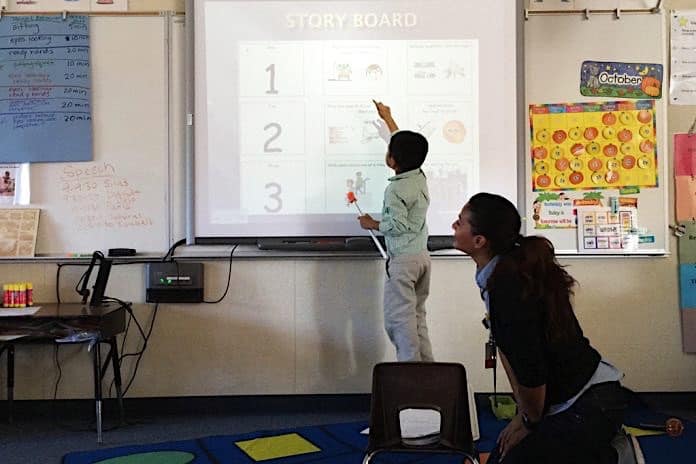The Individuals with Disabilities Act prescribes that students in special education programs who utilize school bus service as part of their Individualized Education Program should receive similar transportation as their nondisabled peers. But in reality, that’s not always the case.
A four-hour training course at the TSD Conference in Frisco, Texas, on March 9 addresses how school districts can meet the intent of federal law and promote independence for its special needs student riders while training school bus drivers on how to positively affect their special needs passengers.
“Bus in the Classroom” was developed by Pete Meslin, who recently retired as the director of transportation for Newport-Mesa Unified School District in Orange County, California. The course returns to TSD Conference to teach student transporters how to implement safe ridership skills appropriate to the ages and abilities of the students that they can utilize for the rest of their lives.
Meslin explained that instilling transitional service means students wait for the school bus where other students board, and “not vice-versa,” with the goal of giving the student lifelong skills to utilize public transit or his or her own transportation as an adult rather than to rely on customized service based upon the student’s ability.
“We should be able to set standards, like in math,” added Meslin, who is now a consultant to the TransPar Group of Companies. “If the student isn’t performing to the standard, we intervene. That means we create IEP goals.”
He says some districts don’t teach transportation independence because of a perception that it will result in reduced service for the student. This is because special education teachers don’t have time to teach school bus safety curriculum and they lack knowledge of transportation to begin with. And while IDEA calls for transitional learning, Meslin added that transportation independence is often not a required program at the local level.
Adding to these, he said the least restrictive environment, or LRE, is often applied to the classroom and other related services but not to transportation. And many parents do not understand transportation.
For example, curbside service can be appropriate for the youngest special education passengers. But Meslin teaches that student transporters should gear service towards helping the student transition to more independence, based on the individual disability. For example, the school district should encourage an older student to walk a few houses away and board the school bus at the corner of his or her street if physically and cognitively able to, rather than rely on the school bus picking up or dropping off every morning and afternoon right outside the student’s residence.
“In a workshop setting we will actually create many of the documents you’ll need to implement the program. That way when attendees return to work they’ll be ready to hit the ground running,” said Meslin.
He said that in addition to learning about the program attendees will create memos necessary to convince bosses, school board members and upper management of the need for the instruction.
“We’ll also learn how to make special ed administrators into partners. Finally we’ll create a brief in-service training that you can use to train your drivers,” Meslin added. “Not only will we answer all your questions but we’ll put you in the position to answer them yourselves.”
















